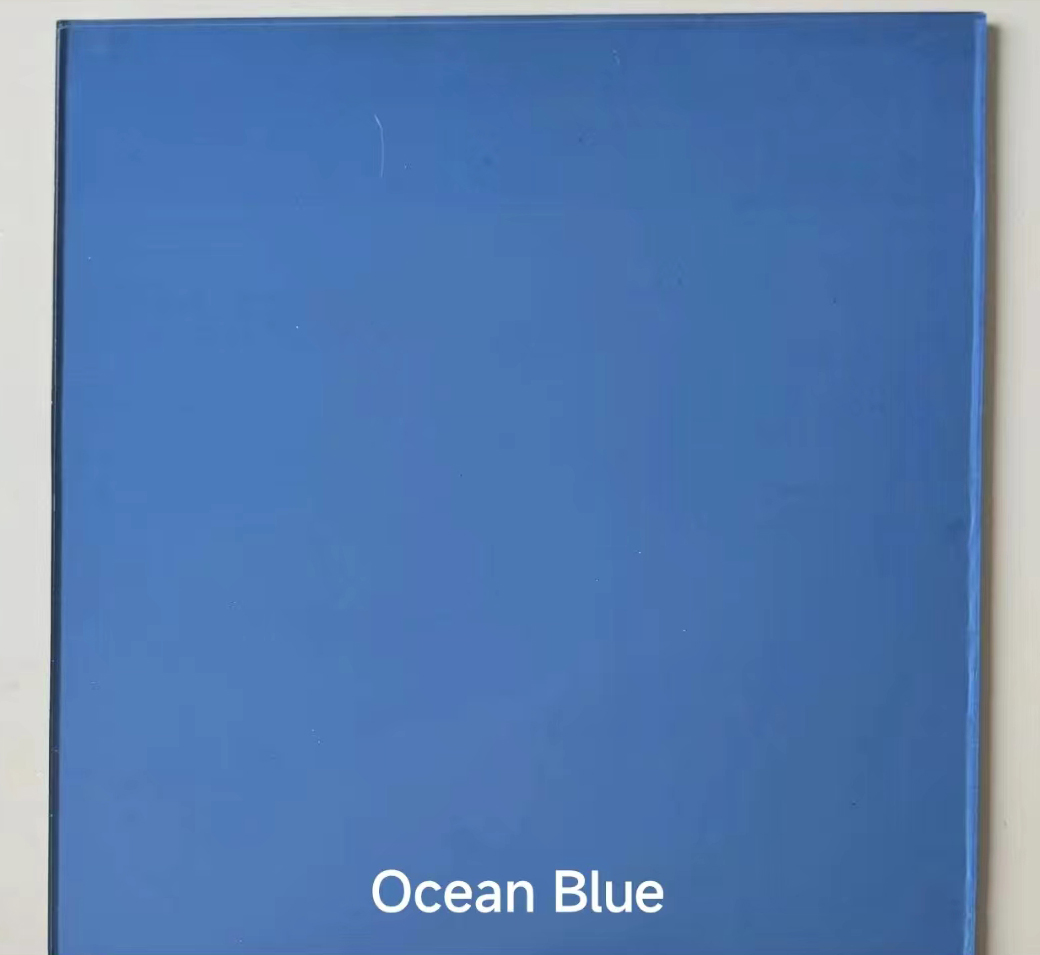

Reflective Glass Material A Shimmering Innovation in Design and Architecture
Reflective glass material, often hailed as a groundbreaking innovation in design and architecture, has transformed the way we perceive and interact with our physical environment. This specialized glass boasts a reflective coating that allows buildings and structures to blend harmoniously with their surroundings while simultaneously offering an array of practical benefits. In this article, we will explore the characteristics, applications, and advantages of reflective glass, underscoring its significance in modern design.
Reflective Glass Material A Shimmering Innovation in Design and Architecture
In terms of aesthetics, reflective glass is nothing short of stunning. Its mirror-like finish creates a sleek and modern appearance that enhances the visual impact of structures. Many architects and designers favor reflective glass in high-rise buildings, as it not only lends an air of sophistication but also allows the building to interact with the changing light conditions throughout the day. This dynamic relationship with light can create mesmerizing effects, making reflective glass a favored choice in contemporary architecture.

Reflective glass is not limited to the exterior of buildings; it is increasingly being used in interior design as well. In commercial spaces, reflective glass panels can create an illusion of more significant space, enhance lighting, and contribute to a minimalist aesthetic. In residential applications, it can add depth and elegance to living areas, while also providing a barrier against harsh weather conditions.
Another crucial advantage of reflective glass is its role in enhancing privacy. While it provides transparency during the day, reflective glass allows occupants to enjoy views of the outside world without compromising their privacy. This dual functionality is particularly appealing for offices and homes located in busy urban areas, where individual space can feel compromised.
However, the use of reflective glass is not without its challenges. Issues such as glare and the potential for bird strikes have raised concerns among environmentalists and urban planners. Nonetheless, advancements in technology are continually addressing these problems, ensuring that reflective glass remains a viable option for modern constructions.
In conclusion, reflective glass material stands at the intersection of functionality and aesthetics, shaping the future of architecture and design. Its ability to reflect light, enhance energy efficiency, and provide a modern look makes it a popular choice among architects and designers. As technology continues to advance, reflective glass is set to become an even more integral part of our built environment, marrying beauty with sustainability. Whether in towering skyscrapers or intimate residential spaces, reflective glass will undoubtedly continue to shine as a symbol of innovation in the world of design.